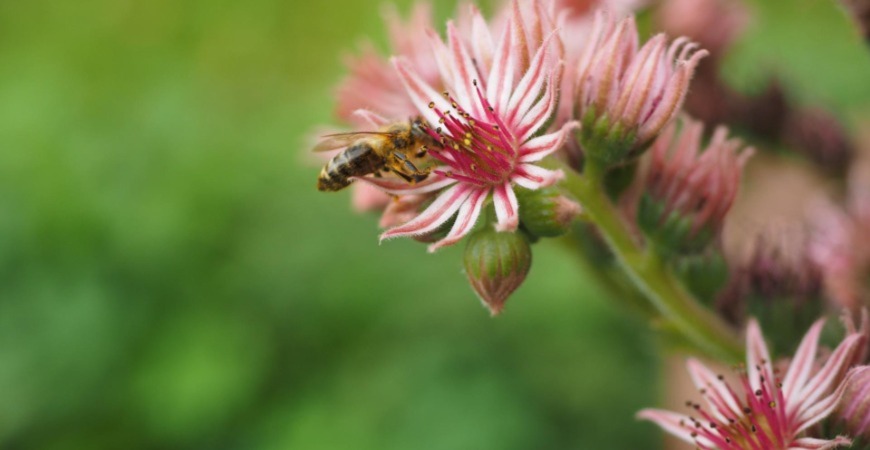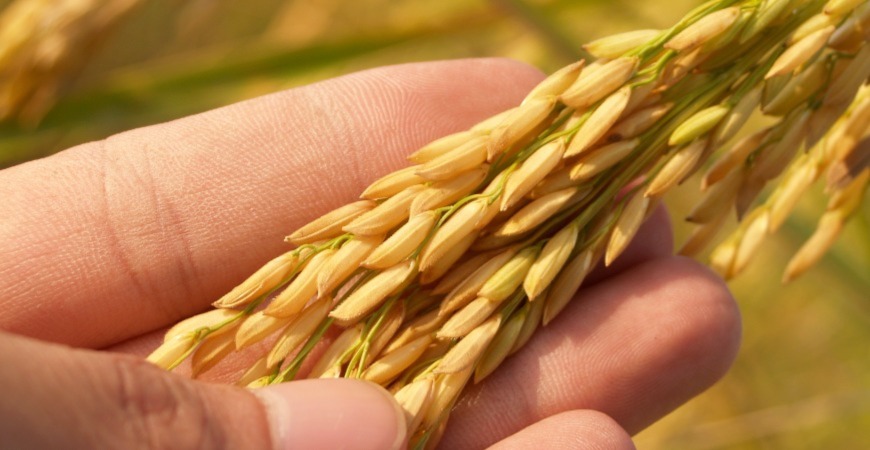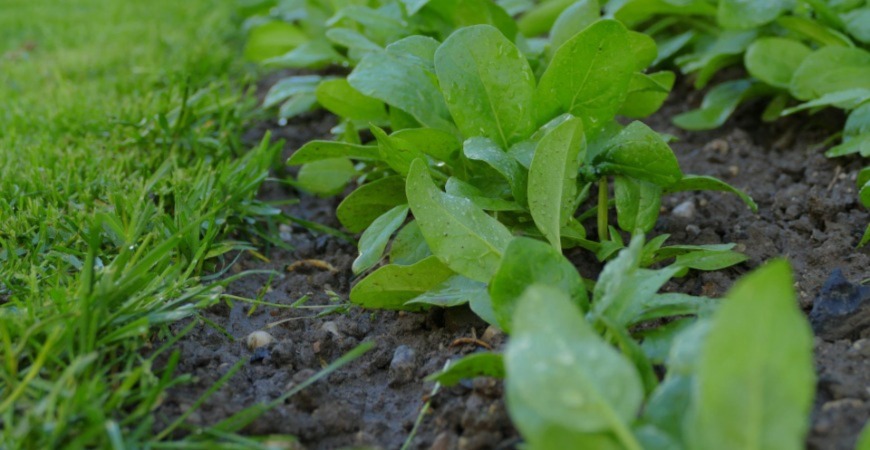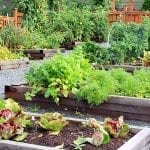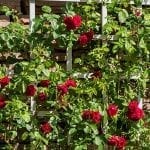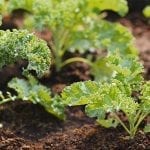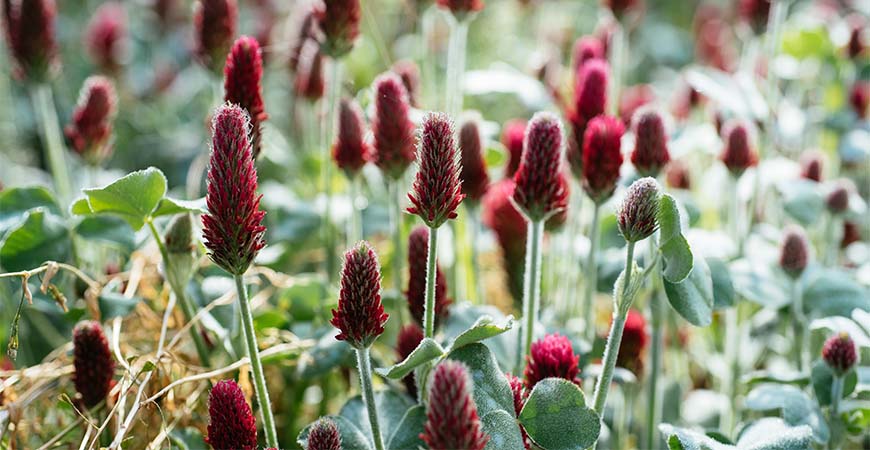
Fall Cover Crops: The Secret to a Healthy Spring Garden
Winter is a harsh time for your garden. Instead of abandoning it during the cold, dreary months, why not try to set next year’s growth up for success with fall cover crops?
Cover crops are a variety of quick-growing plants, often grasses and legumes, that farmers use to protect their soil as temperatures drop and snow falls. However, cover crops have also become increasingly popular with home gardeners.
New to cover crops? Don’t worry; we’ll walk you through everything you need to know about these useful plants.
What are cover crops?
If your flowers and vegetables are the show horses of the garden, then cover crops are the workhorses. When planted in late summer or early fall, they’ll cover your soil, adding essential nutrients and protecting against erosion.
Cover crops can be used in various settings, from the smallest garden to the largest farm. While some may provide use beyond benefitting your soil, they primarily aim to spend the winter months preparing the ground for spring.
You should find a variety of common cover crop seeds at your local garden center:
- Cereal rye
- Crimson clover
- Hairy vetch
- Oats
- Peanuts
If you’re afraid cover crops are some sort of passing fad, keep in mind that the USDA recommends farmers use cover crops as part of the farm’s conservation and sustainability practices.
How do cover crops help your garden?
Cover crops are often called “green manure” because they add nutrients, such as nitrogen, back into the soil. Fortunately, they smell a whole lot better than actual manure, and they offer additional benefits, too:
- Attract pollinators: Cover crops provide food and nesting resources to bees and other beneficial insects, which can also help to extend the growing season.
- Decompact tight soil: Many varieties of cover crops will help break up compacted soil, allowing air, water, and roots to better reach beneath the soil’s surface
- Increase the earthworm population: Cover crops attract earthworms, whose presence is a sign of healthy soil.
- Keep your garden beautiful: Instead of a barren wintertime garden, cover crops will keep it looking lush.
- Reduce erosion: Cover crops reduce the speed of high-velocity raindrops, which can cause soil splashing, and their roots help anchor soil in place.
- Smother weeds: Often, cover crops are tilled into the soil, but if they’re flattened instead, they create a shield that keeps weed seeds from reaching the soil’s surface. If they do happen to germinate, the weeds will lack the necessary energy to break through the cover crop mulch layer.
So, planting cover crops for your garden will do more than keep the soil fertile during the winter. But, when you see all these benefits listed together, it’s easy to wonder why more home gardeners don’t use them.
What cover crops are best for your region?
Not all cover crops are effective in every region. Our guide below can help you decide which type to use:
- Northeast: Oats, sweet clover, ryegrass, winter rye, and Sudan grass
- Mid-Atlantic: Crimson clover, ryegrass, and Sudan grass
- Southeast: Crimson clover, lespedeza, oats, peas, ryegrass, Sudan grass, and wheat
- Midwest: Barley, crimson clover, oats, ryes, Sudan grass, and wheat
- Northwest: Barley, crimson clover, peas, rye, and Sudan grass
- Southwest: Barley, buckwheat, cowpeas, lespedeza, medic mix, and subterranean clover.
- California: Barley, bell beans, fava beans, medic mix, subterranean clover, and woolly pod vetch.
While each of these varieties will help keep your soil fertile over the winter, some are better at controlling erosion or weeds than others.
To smother weeds in your garden, consider buckwheat, oats, peas, ryes, and wheat. Also, try barley, clovers, ryes, and Sudan grass to keep soil erosion at bay.
When should you plant fall cover crops in your garden?
Regarding when to plant cover crops, it’s best to do it after you’ve done your last harvest of the season. However, most varieties will be fine if you plant them at least four weeks before the season’s first frost.
That said, some varieties may benefit from even earlier planting. For example, in many climates, you can plant annual ryegrass, beginning in August.
Winter rye is a good choice if you’re afraid you’ve started too late. It can germinate even as the temperature nears the freezing point.
How do you plant fall cover crops?
You may be imagining that due to the range of benefits cover crops offer, perhaps that means an equal amount of work on your part. Luckily, that is not the case.
Cover crops will grow quickly and require little to no care. Most of the work will come at the end of the winter season as you prepare your garden for new growth.
To get started, rake your garden until the surface is smooth and free of sticks, stones, and other things that may break your bones. Then sprinkle the cover crop seeds over the area and cover them at the depth listed on the seed packet’s instructions.
Putting down a layer of loose straw can help prevent the seeds from blowing away in the wind or getting washed out by the rain. If you have an established garden bed, you can forgo adding any additional fertilizer.
That’s all you need to do, though. The plants will go through their lifecycle during the winter, allowing you to till them before the spring planting season.
What happens to fall cover crops in the spring?
When preparing your garden for spring, it’s essential to mow, shred, or scythe the cover crops before they take seed again. This will prevent them from becoming weeds throughout spring and summer.
After mowing or shredding the crops, till them into the soil immediately. This ensures that nitrogen and organic material return to the ground, priming it for your planting.
Cover crops need about two to three weeks to decompose fully. So, wait at least that amount of time before planting your garden.
Cover crops keep your garden soil healthy
Cover crops are easy to grow, produce various benefits for your garden, and can keep your yard from looking barren during the winter. So, give them a try this fall by visiting your local garden center or flipping through your favorite seed catalog.

